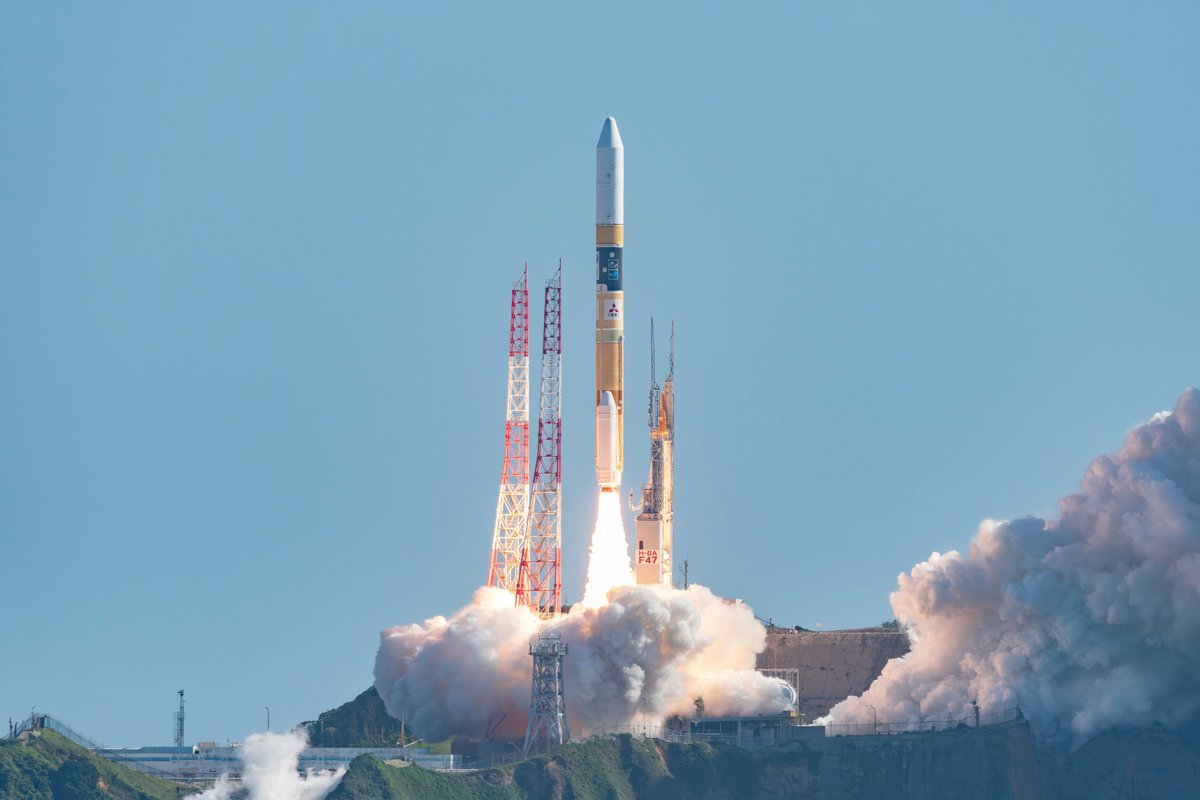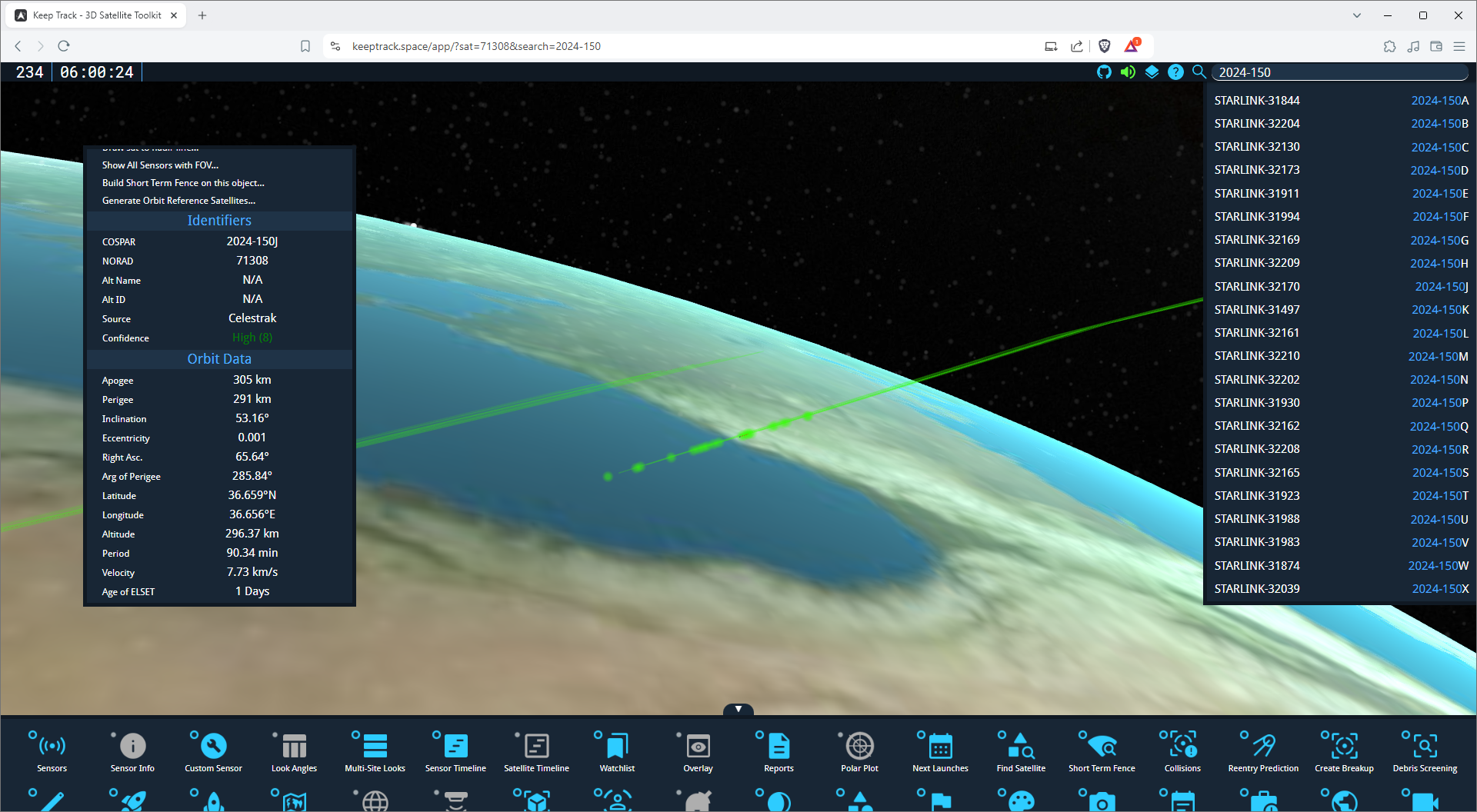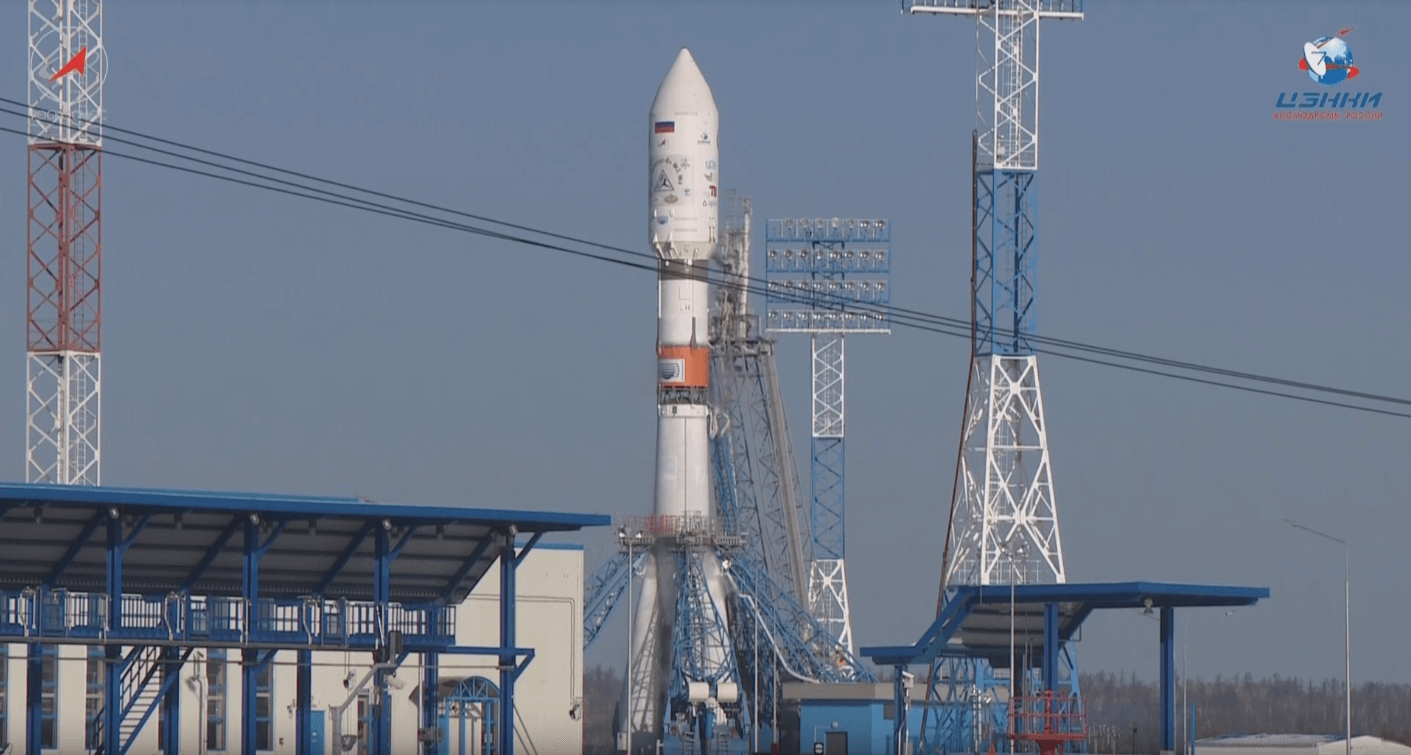· space brief · 6 min read
Space Brief 2 Jun 2025
Today's edition covers SpaceX's Starlink launch delay, a breakthrough in ceramic manufacturing for space, and Momentus's orbital tech demo, among other headlines.

📄Top Stories
SpaceX postponed the launch of 23 Starlink satellites due to an intense geomagnetic storm forecast, now aiming for June 3. A novel laser manufacturing technique is pioneering advancements in ultra-high-temperature ceramics critical for space and defense. Meanwhile, Momentus is set to host Portal Space Systems’ maiden in-space tech demonstration of a cutting-edge flight computer.
📰Detailed Coverage
SpaceX Launch Postponed Due to Geomagnetic Storm
SpaceX’s planned deployment of 23 Starlink satellites from Cape Canaveral was postponed due to solar activity forecasting a severe geomagnetic storm. This weather condition poses risks that could impact satellite communication and operations. The launch is rescheduled for June 3, 12:29 a.m. EDT.
This event highlights the dynamic challenges of satellite deployment and underscores the importance of proficient satellite tracking systems, a key feature of our web app to monitor such orbital events in real time.
Read the full story: Spaceflight Now
Breakthrough in Ultra-High Temperature Ceramics
Researchers have developed a laser-based technique to manufacture ceramics capable of withstanding extremely high temperatures, enhancing materials used in spacecraft and defense applications. This innovation allows for creation of complex structures, expanding design possibilities in creating resilient machinery.
The applications of these ceramics are broad, including heat shields for re-entering spacecraft, adding a crucial layer of protection against the harsh conditions encountered during descent through Earth’s atmosphere.
Read the full story: Space Daily
Momentus to Host Orbital Tech Demo for Portal Space Systems
In collaboration with Momentus Inc., Portal Space Systems is set to conduct its first in-orbit demonstration of an advanced flight computer. Momentus’ role as a host showcases the burgeoning cooperative efforts in commercial space ventures aimed at pushing the boundaries of space technology.
The demonstration embodies a significant milestone for both companies, emphasizing the importance of on-orbit testing to validate new space technologies that will drive future satellite operations and infrastructure management.
Read the full story: Space Daily
NASA’s MAVEN Observes Atmospheric Sputtering at Mars
NASA’s MAVEN mission has captured the first observation of atmospheric sputtering on Mars. This process contributes to the planet’s atmospheric escape and is deemed significant in unraveling the mysteries of Mars’ historical water content.
Understanding atmospheric sputtering furthers our comprehension of Martian climate evolution, vital for future endeavors aimed at potential human colonization.
Read the full story: Mars Daily
Withdrawal of Isaacman Nomination by the White House
The White House has decided to withdraw Jared Isaacman’s nomination as NASA Administrator amidst NASA’s budgetary concerns. This decision adds complexity to current operational and strategic challenges faced by the agency.
The move is significant for the space community, especially considering the critical role NASA leadership plays in steering the nation’s space exploration and technological initiatives.
Read the full story: SpaceNews
Singapore Calls for U.S.-China Space Engagement
Singapore’s defense minister advocated for increased dialogue between the U.S. and China to mitigate tensions and enhance mutual understanding, especially pertinent in space defense relations where complexities often arise.
By fostering bilateral communication, the nations can better address misunderstandings, potentially stabilizing geopolitical dynamics in space endeavors.
Read the full story: Breaking Defense
🛰️Satellite Spotlight
- Satellite Name: HISPASAT 1C
- NORAD ID: 26071
- Launch Date: February 3, 2000
- Mission: HISPASAT 1C is designed for communication purposes, providing vital services across various regions.
- Orbit: GEO (Geostationary Orbit)
- Operator: HISP
- Fun Fact: HISPASAT 1C was built using the Spacebus 3000B2 platform and boasts 28 Ku-band transponders, illustrating its significant role in global telecommunications.
Track this satellite in real-time on our web app: Track HISPASAT 1C
🌌Space Weather
Current space weather shows Enhanced solar wind (723 km/s).
R0 - S0 - G0
Next 24 Hours: In the coming day, satellite operators can expect high geomagnetic activity, with potential for strong geomagnetic storms reaching up to G4 (Severe) on June 2. This is linked to a coronal mass ejection (CME) that left the Sun on May 31, which may impact satellite communication users with R1-R2 (Minor-Moderate) radio blackouts likely, and a slight chance for R3 (Strong) blackouts over the period. Ground-based radars and telescopes may experience some interference, while low-Earth orbit (LEO) satellites should prepare for increased atmospheric drag due to the elevated geomagnetic conditions. Radiation levels are also on the rise, with S1-S2 (Minor-Moderate) solar radiation storms expected between June 2-4.
Beyond: Looking ahead to the forecast from June 2 to June 28, solar activity is projected to be at moderate levels (R1-R2/Minor-Moderate) with a chance for R3 (Strong) events, particularly as Region 4100 rotates towards the west limb. Multiple active regions on the Sun could lead to ongoing M-class (R1-R2) X-ray activity throughout this period. While the current proton event is expected to conclude on June 2, no further events are anticipated at geosynchronous orbit.
The electron flux is also something to monitor, likely peaking at high levels on June 3-5, June 14-22, and June 26-28 due to recurring coronal hole influences. Geomagnetic activity will remain mostly elevated, with G1 (Minor) to G2 (Moderate) storms likely on June 2-3 as CME effects taper off, followed by unsettled to active conditions from June 4-7 and June 10-12 due to coronal hole high-speed stream (HSS) influences. Conditions are anticipated to vary, fluctuating between unsettled and G1 (Minor) from June 13-28 based on positive and negative polarity coronal hole influences.
🚀Upcoming Space Launches
June 2
- Rocket Lab Electron:
- Full Stream Ahead (BlackSky Gen-3 2) from Rocket Lab Launch Complex 1B, Mahia Peninsula, New Zealand (23:30 UTC)
- 2nd of the BlackSky Gen-3 high resolution Earth-imaging satellites.
June 3
-
SpaceX Falcon 9 Block 5:
- Starlink Group 12-19 from Space Launch Complex 40, Cape Canaveral SFS, FL, USA (04:42 UTC)
- A batch of 23 satellites for the Starlink mega-constellation - SpaceX’s project for space-based Internet communication system.
-
SpaceX Falcon 9 Block 5:
- Starlink Group 11-22 from Space Launch Complex 4E, Vandenberg SFB, CA, USA (23:50 UTC)
- A batch of satellites for the Starlink mega-constellation - SpaceX’s project for space-based Internet communication system.
June 7
- SpaceX Falcon 9 Block 5:
- Sirius SXM-10 from Space Launch Complex 40, Cape Canaveral SFS, FL, USA (03:00 UTC)
- SXM-10 is the 11th high-powered, digital audio radio satellite built by Maxar (SSL) for SiriusXM.
June 8
- SpaceX Falcon 9 Block 5:
- Starlink Group 15-8 from Space Launch Complex 4E, Vandenberg SFB, CA, USA (13:34 UTC)
- A batch of satellites for the Starlink mega-constellation - SpaceX’s project for space-based Internet communication system.
June 9
- SpaceX Falcon 9 Block 5:
- Axiom Space Mission 4 from Launch Complex 39A, Kennedy Space Center, FL, USA (12:46 UTC)
- This mission will carry a professionally trained commander alongside three private astronauts to and from the International Space Station.
June 13
- United Launch Alliance Atlas V 551:
- Project Kuiper (KA-02) from Space Launch Complex 41, Cape Canaveral SFS, FL, USA (18:29 UTC)
- Project Kuiper is a mega constellation of satellites offering broadband internet access, managed by Kuiper Systems LLC, a subsidiary of Amazon.
June 18
- ISRO GSLV Mk II:
- NISAR (NASA-ISRO Synthetic Aperture Radar) from Satish Dhawan Space Centre Second Launch Pad, India (11:30 UTC)
- The NISAR satellite is an advanced radar imaging mission to observe and measure natural processes, including ecosystem disturbances and natural hazards.
June 21
- SpaceX Falcon 9 Block 5:
- Transporter 14 (Dedicated SSO Rideshare) from Space Launch Complex 4E, Vandenberg SFB, CA, USA (00:00 UTC)
- Dedicated rideshare flight to a sun-synchronous orbit with dozens of small microsatellites and nanosatellites for commercial and government customers.
June 23
- JAXA H-IIA 202:
- GOSAT-GW from Yoshinobu Launch Complex LP-1, Tanegashima Space Center, Japan (16:33 UTC)
- GOSAT-GW observes greenhouse gases and the water cycle, contributing to climate change prediction and disaster prevention.
Note: Launch dates and times are subject to change due to technical or weather considerations.

Maurice Stellarski





